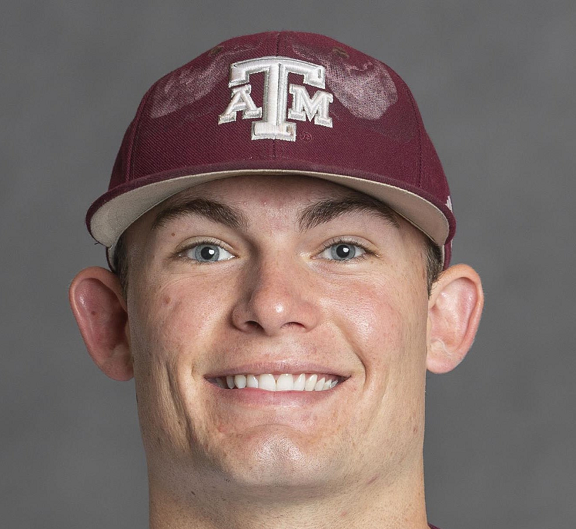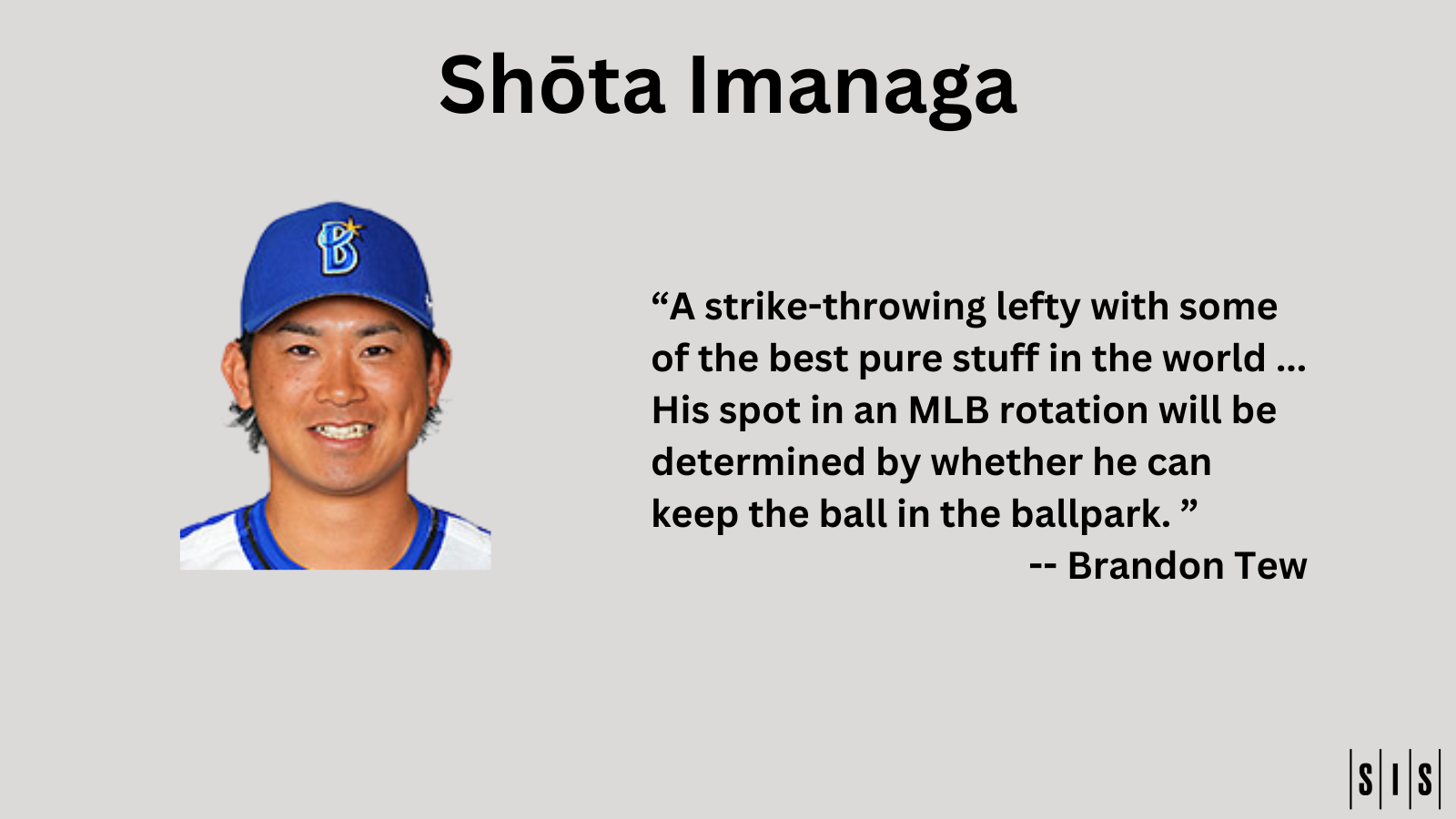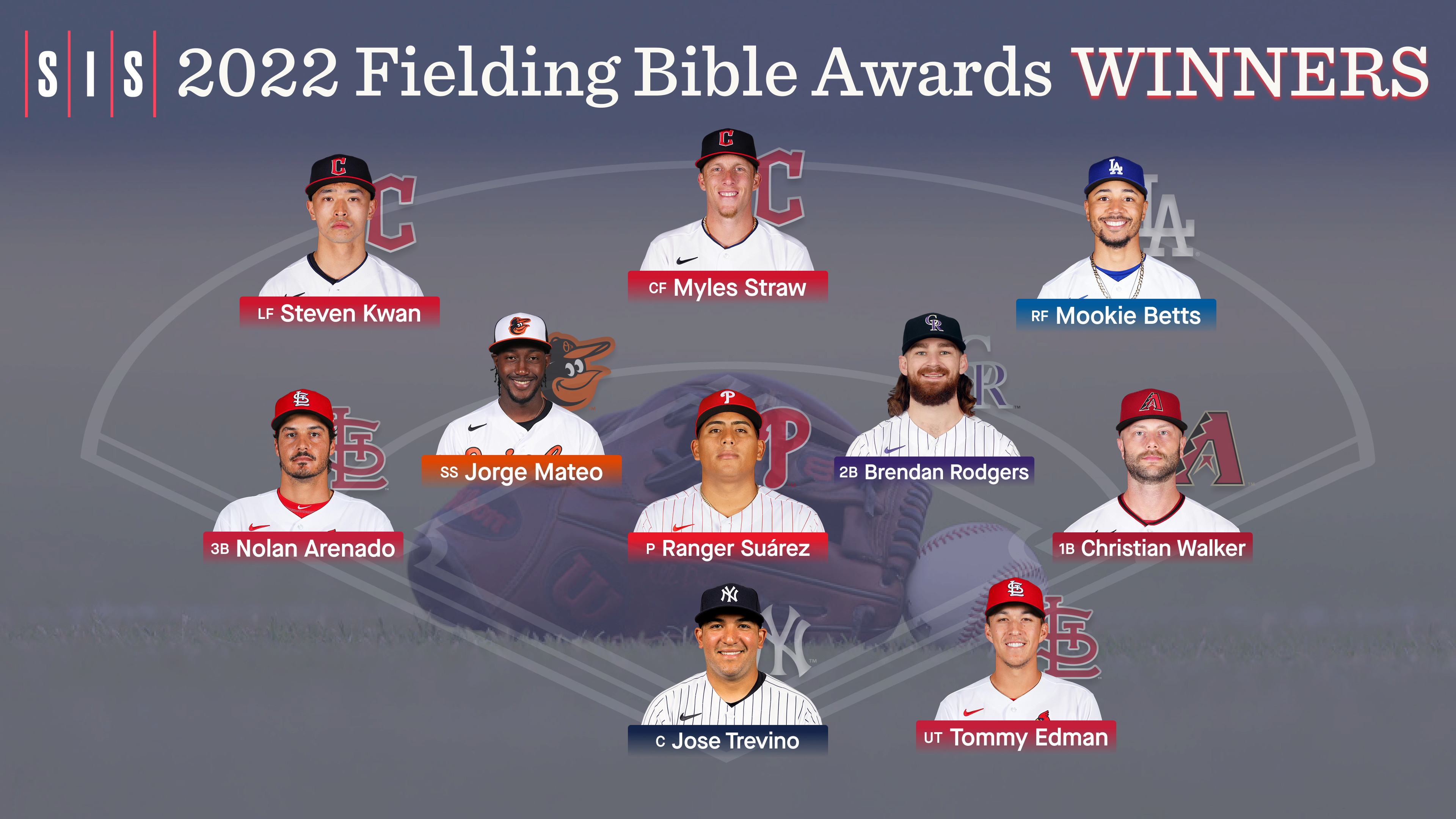What does history tell us about a player making a defensive position change from shortstop to third base from one year to the next?
This is pertinent with the Mets agreeing to a deal with Carlos Correa in which he’ll move to third base, a position he’s never played in the majors or minors, though he did make several nice plays at the 2017 World Baseball Classic. Correa had a down defensive year at shortstop in 2022 by his standards, but has the most Runs Saved there in the last three seasons. He’s a Platinum Glove winner and considered to be an elite defensive player.
We have the resources to look into the impact of a player moving from shortstop to third, similar to how Andrew Kyne investigated outfield positional switches for us a few years ago.
Before doing that, I wanted to provide some insight into what switching from shortstop to third base will be like.
With that in mind, I asked our VP of Baseball, ex-major league utility man Bobby Scales, to explain some of what would go into switching positions. Here’s what he said:
“Learning a new position at the major league level is a tremendous undertaking. Technically, if you have the ability to play a solid shortstop, that should translate into being able to play a solid third base but it isn’t nearly that simple.
The angles that you have seen your entire career (sometimes in the case of elite players, their whole lives) are completely different.
All of the visual and spatial reference points that you are used to are completely different. Its bad enough that you have to adjust to it at your home ballpark but now you are doing this for literally every park you play in.
“You tell yourself that it’s still a ground ball but a different angle. That’s not the case early on. It’s really different over there.” — Bobby Scales
There are brand new variables that you previously didn’t have to negotiate, like where is the cut of the grass and where is the cut of the grass in relation to the baseline?
The types of balls that you get at third are very different than at shortstop. There are far more north-south plays vs east-west. Going in on the chopper and retreating on the bullet happen much more often at third. Not to mention, there are going to be many more hooked and sliced balls at that position.
Because of the proximity to home plate there are far more reaction plays on balls that are hit really hard. You tell yourself that it’s still a ground ball but a different angle. That’s not the case early on. It’s really different over there.”
It is really different and it’s worth noting that it doesn’t happen often.
Given our desire for to find something like Correa’s situation, we checked all instances in which a player played at least 400 innings at shortstop AND had fewer than 300 career innings at third base, and then at least 400 innings at third base the next season.
The “AND” was necessary to weed out utility players like Eduardo Nuñez, as a fair number would have made our list otherwise.
There are a dozen cases that fit our criteria. Of them:
In seven instances, the player’s Runs Saved rate improved, using their Runs Saved per 1,000 innings at shortstop compared to their numbers at third base as our basis for comparison.
In five cases, the player’s Runs Saved rate dropped (though in one case by less than one run). In other words, third base wasn’t as good an immediate fit as perhaps was thought.
| Name | Year of Position Change | Runs Saved/1,000 Innings Change | From … To |
| Eugenio Suárez | 2016 | 15.0 | -14.3 to 0.8 |
| Yunel Escobar | 2015 | 9.6 | -20.3 to -10.6 |
| Alex Gonzalez | 2005 | 7.4 | -6.1 to 1.3 |
| Alex Rodriguez | 2004 | 4.4 | 5.8 to 10.3 |
| Miguel Tejada | 2010 | 2.4 | -10.9 to -8.5 |
| Jeff Keppinger | 2009 | 1.8 | -13.6 to -11.8 |
| Hanley Ramírez | 2012 | 1.8 | -14.6 to -12.8 |
| Carlos Guillén | 2008 | -0.8 | -11.2 to -12.0 |
| Jhonny Peralta | 2009 | -3.8 | -3.9 to -7.8 |
| Juan Uribe | 2008 | -4.1 | -4.6 to -8.7 |
| José Reyes | 2016 | -9.4 | -7.0 to -16.4 |
| Michael Young | 2009 | -9.8 | -3.1 to -12.9 |
Remember that Defensive Runs Saved is centered at zero for each position. The differences above account for both the difference in that player’s performance and now being compared to third basemen instead of to shortstops.
Really, the only comparable on this list for Correa’s situation is Alex Rodriguez, whose move from shortstop to third base came in the earliest days of Defensive Runs Saved. A-Rod saved 8 runs at shortstop in 2003, the first year for which our stat exists. He won an AL Gold Glove there and, in his age-27 season, was perceived to be one of the game’s top defenders (his 8 Runs Saved ranked tied for 6th at shortstop that season).
Rodriguez then moved to third base after being traded to the Yankees, where Derek Jeter was entrenched at shortstop (whether A-Rod or Jeter should have been the one to move is another story). And the best way to describe his Runs Saved total after that point is: All over the place.
Rodriguez saved 14 runs at third base in 2004, showing no issues with the transition. But then in his next five seasons, his Runs Saved there were 0, -13, -1, 2, and -5.
In 2010 and 2011 he returned to the form of his younger years, netting a combined 20 Runs Saved in 213 games, but he also began to miss more time due to injury (and eventually a PED-related suspension). In his final four seasons, he played just shy of 1,000 innings at third base and totaled -8 Runs Saved.
Eugenio Suárez, who tops this list, was a shortstop early in his career due to an injury to Zack Cozart. But after totaling -12 Runs Saved in 2015, the Reds shifted him to third base the next season, where he’d played 50 minor league games.
For the next three seasons, third base was a much better fit. He posted 1, 4, and 0 Runs Saved as an everyday player before a drop-off. He’s combined for -15 Runs Saved at third base since and a brief return to shortstop in 2021 didn’t go well (-6 Runs Saved in 34 games).
His situation isn’t quite comparable to Correa’s in that he was nowhere near the shortstop that Correa is. Most of the other names here don’t quite fit for that reason either. In fact, Rodriguez is only one of the 12 switched coming off a season in which he had a positive Runs Saved at shortstop (which makes sense: Why would you move a shortstop if he was young and doing well?). Or they’re not matches to Correa because they’re nearing the end of their careers, like Miguel Tejada, Yunel Escobar, and José Reyes.
Then there are cases like Juan Uribe, where being near the bottom of this list paints an incomplete picture. After three full-time seasons as White Sox shortstop, Uribe became a second baseman and third baseman. In 2008, 2009 and 2010, he tallied -2 Runs Saved at third in just under 1,000 innings. But beginning in 2011, the numbers show that he seemed to get the hang of it, particularly once he was fully healthy. In the next four seasons he managed 35 Runs Saved and led the position with 16 in 2014.
I suppose the biggest takeaway from all this is that there are a lot of ways that the transition can go. It’s not as sure of a thing as, say, moving from center field to left field. Shortstop is a hard position to play. So is third base, as Correa is about to find out.



